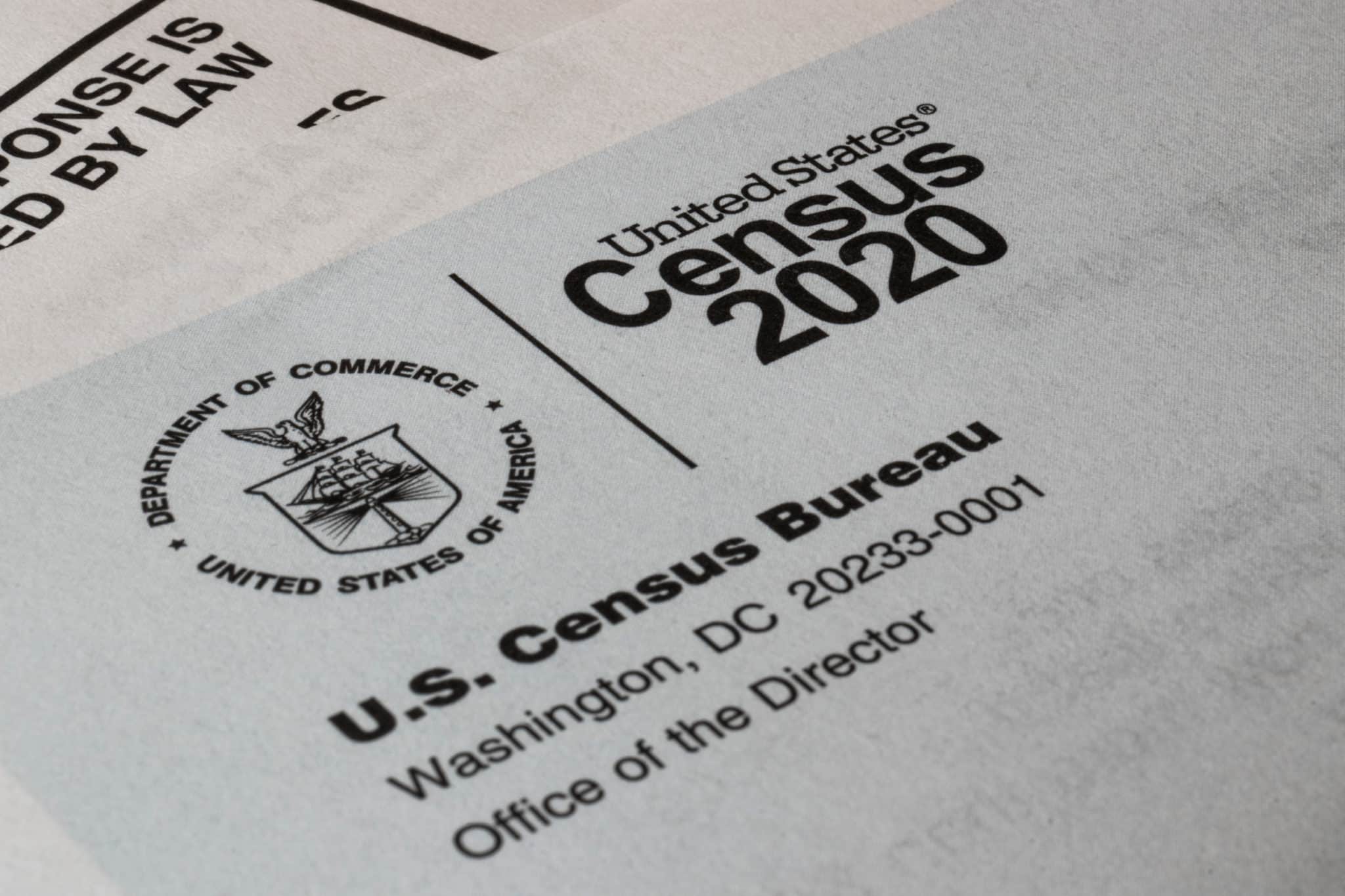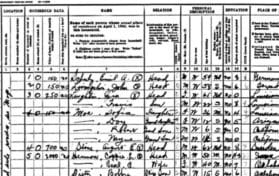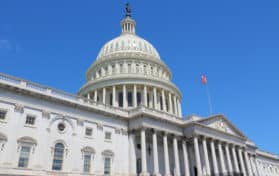
The Constitution requires that the number of members each state sends to the U.S. House of Representatives be based its share of the nation’s population. Article I Section 2 of the Constitution further specifies that the number of seats in the House (as set by the Congress) are to be distributed proportionally among the states on the basis of a census to be conducted every ten years. A census of the United States population has been conducted every ten years since 1790. No other nation has such a long history of collecting detailed information about its population and other important demographic characteristics.
The year 2000 Census, currently under way, is the 22nd decennial Census of the United States of America. The most immediately important political consequence of the census will be the apportionment of the U.S. House of Representatives’ 435 congressional districts for the 2002 elections. A state that had 5/435ths of the nation’s population in 1990 currently sends five representatives to the U.S. House. If it still has the same proportion of the U.S. population within its borders in 2000, it will keep its five representatives. The populations of each state, however, do no grow at the same rate. Consequently, some states’ shares of the nation’s population will have declined over the past ten years. Those states will lose House members while states that have seen their populations grow relatively faster will gain seats. Once the census numbers are collected and certified, they will be passed to the legislatures of each state for the purpose of drawing new congressional districts. The year 2002 congressional elections will be contested in these new districts. (Even states that retain the same number of representatives as in 1990 will need to re-draw their congressional districts to keep each district equal in terms of population.)
Current Controversies
To Sample or Not to Sample
The Constitution requires in Article I Section 2 that an “actual Enumeration” of the nation’s population be made ” in such Manner as [Congress] shall by Law direct.” Some have argued that this requires a literal counting of each individual in the United States. However, because many groups–especially the poor and minorities–were under-counted in 1990, others have called for a “sampling” of the U.S. population which could then be used to estimate the population of each city, state and, in turn, the entire nation. The contention is that such a strategy would produce a more accurate enumeration than an “actual” one.
After extensive congressional debate, the decision was made to move forward in the year 2000 with an actual enumeration. While the Supreme Court has not weighed in on the constitutionality of sampling, it has ruled that a census based only on sampling would violate current congressionally established laws regarding the census. All is not settled on this matter, however, as the Bureau of the Census intends to conduct not one but two counts in this year’s census. The traditional “actual enumeration” results will be released in tandem with a second set of “sampled” results. Critics of this plan argue that the release of two sets of census results will lead to bitter political and legal debates over which set of numbers are more accurate. They also contend that instead of conducting a second count, time and energy ought to be committed to aggressive promotion and outreach in previously under-counted communities to assure the actual enumeration is as accurate as possible.
Why All These Questions?
Most Americans do not realize what is at stake when they fill out (or choose not to fill out) their census forms. Many people, particularly among the one in six who have received the “long form” of the Census, have expressed concern about the amount of detail they are asked to provide about themselves and their households. They wonder why the government needs so much information about individual Americans.
In addition to collecting population data for the purposes of accurately apportioning congressional districts, the federal government uses census data, among other reasons, to determine:
- The allocation of federal funding for education programs in states and communities.
- National social and health statistics used by a variety of agencies for policy purposes.
- The allocation of federal dollars for law enforcement, federal highway projects, aid to farmers and many other federally financed activities and programs.
- A wide variety of economic statistics that become the basis of the nation’s economic policies.
The Census and Individual Privacy
The U.S. Bureau of the Census is required to keep individual census data absolutely confidential for seventy-two years. The data that is used for congressional redistricting and the other purposes noted above is made available to other governmental departments and agencies in aggregate format only. This means that it is impossible to determine which specific households provided what kinds of information, but statistics are available for relevant geographic areas, e.g. towns, cities, counties and states. Genealogists and other researchers anxiously await the end of the seventy-two year confidentiality period and the public release of census data because of the rich details it provides about the everyday lives of the American people.





